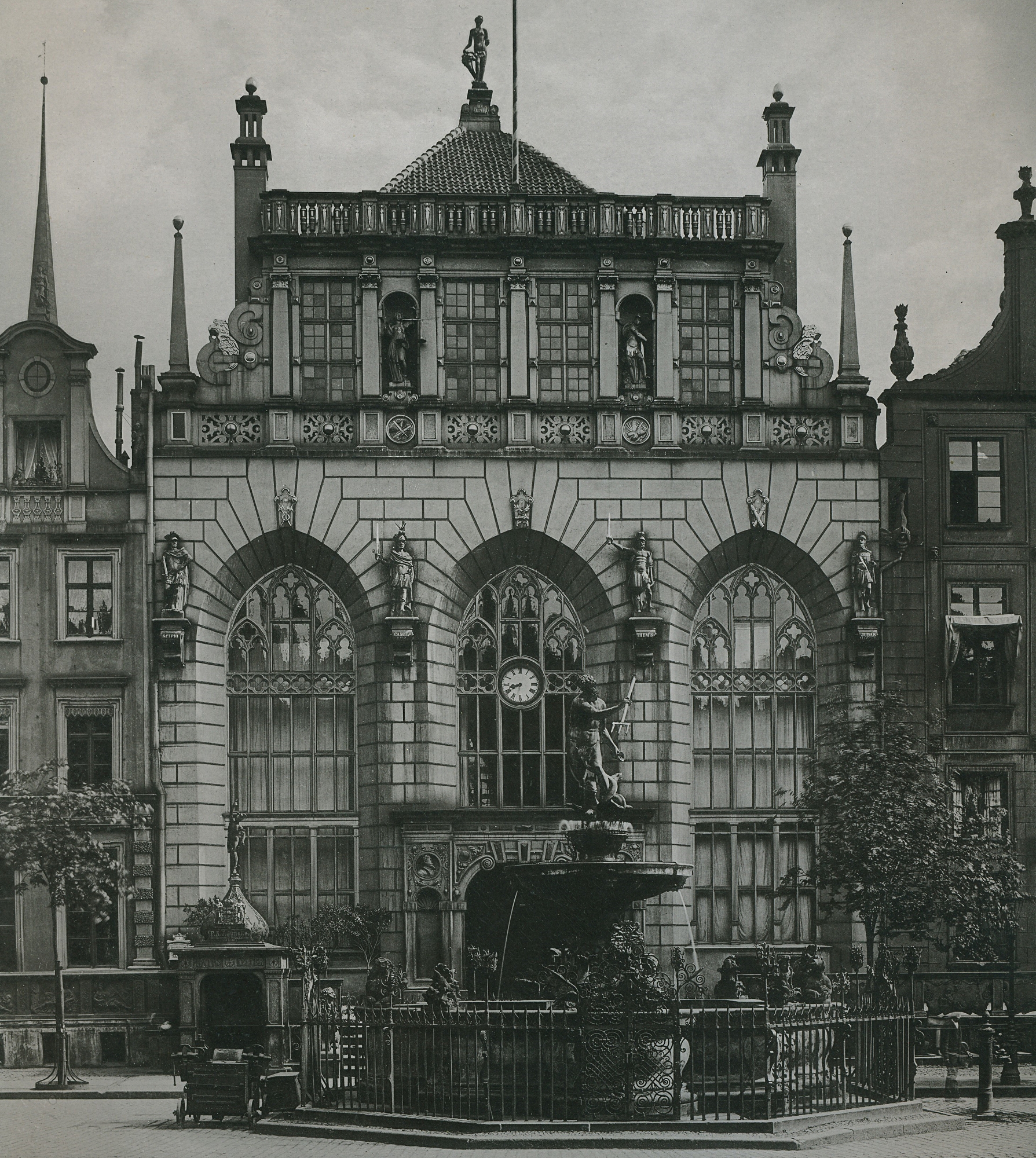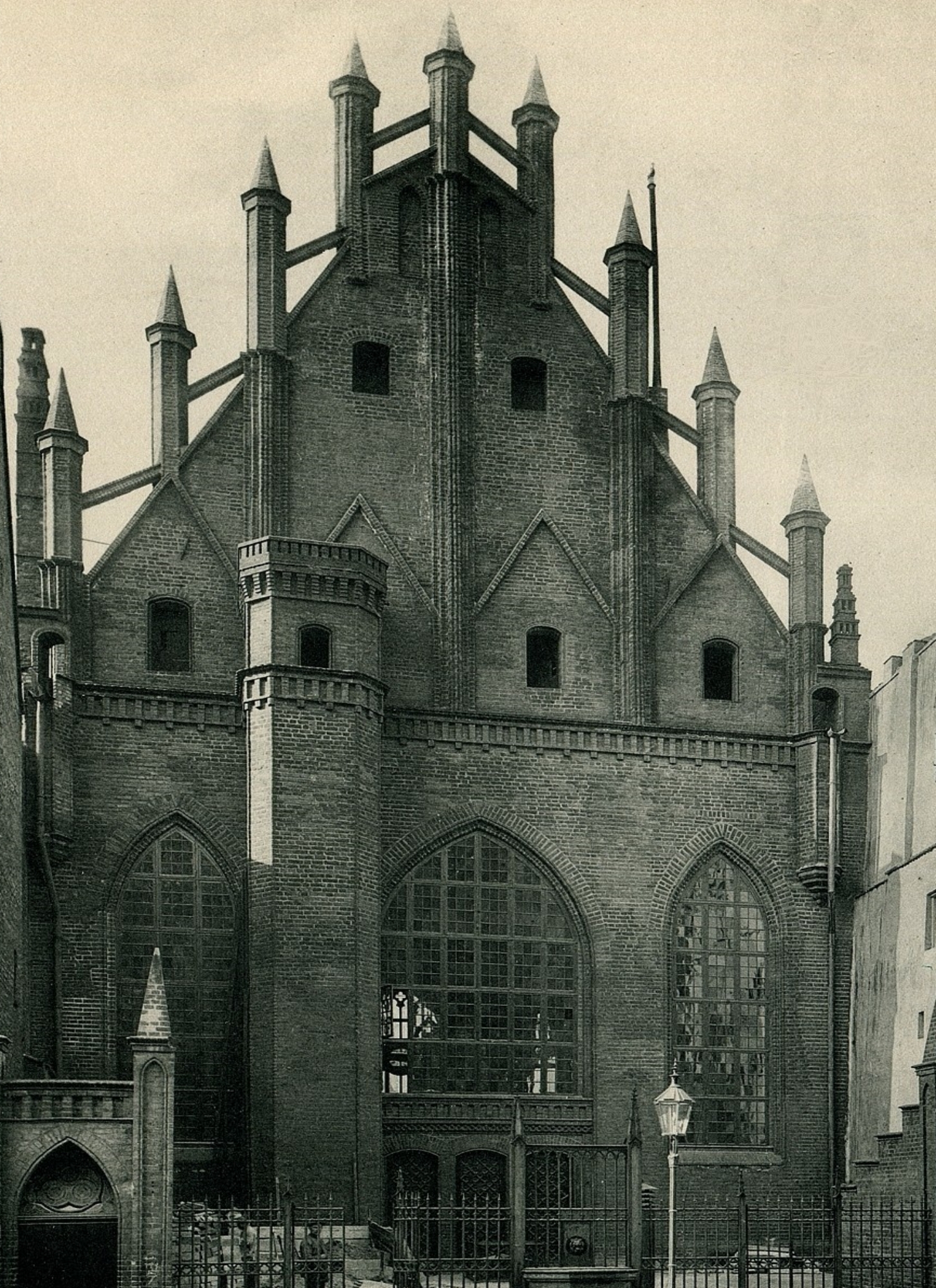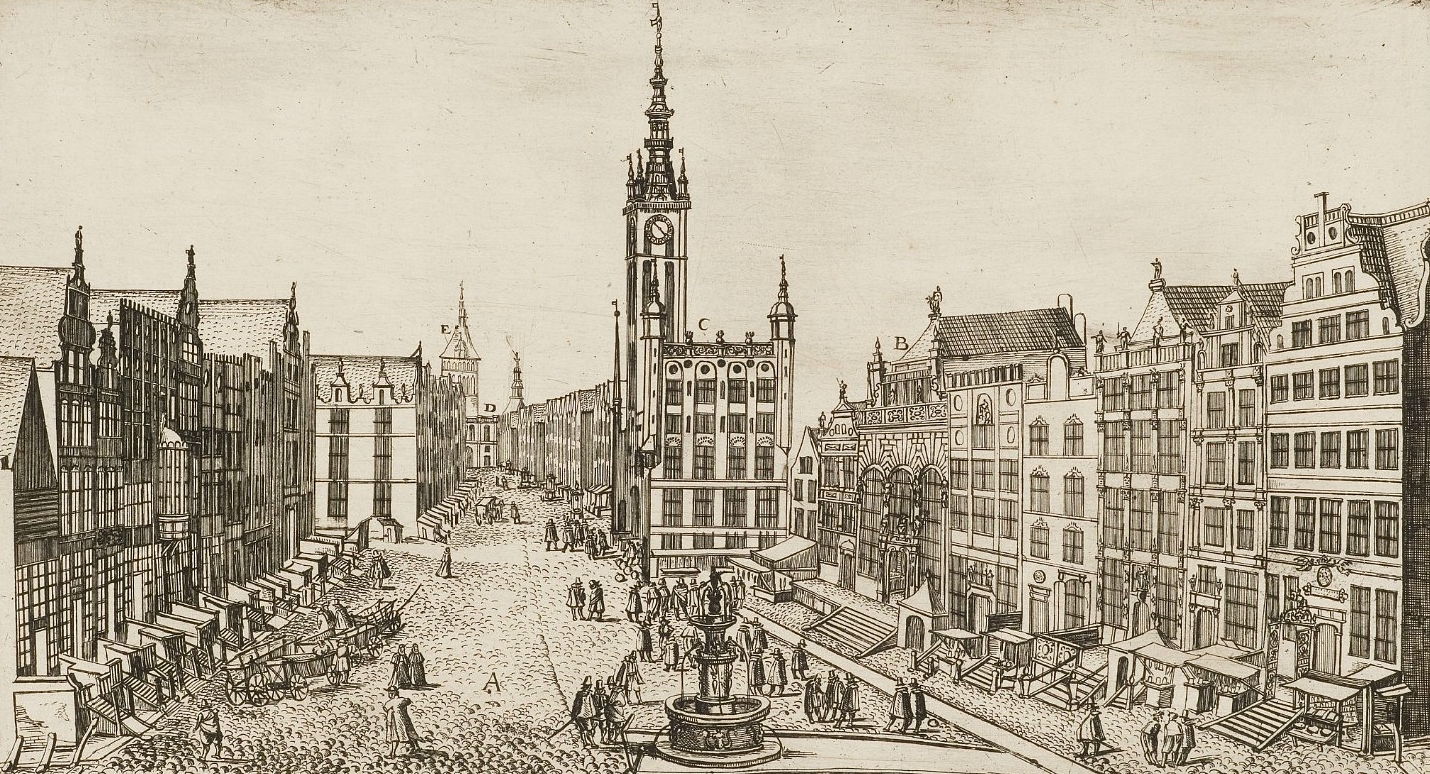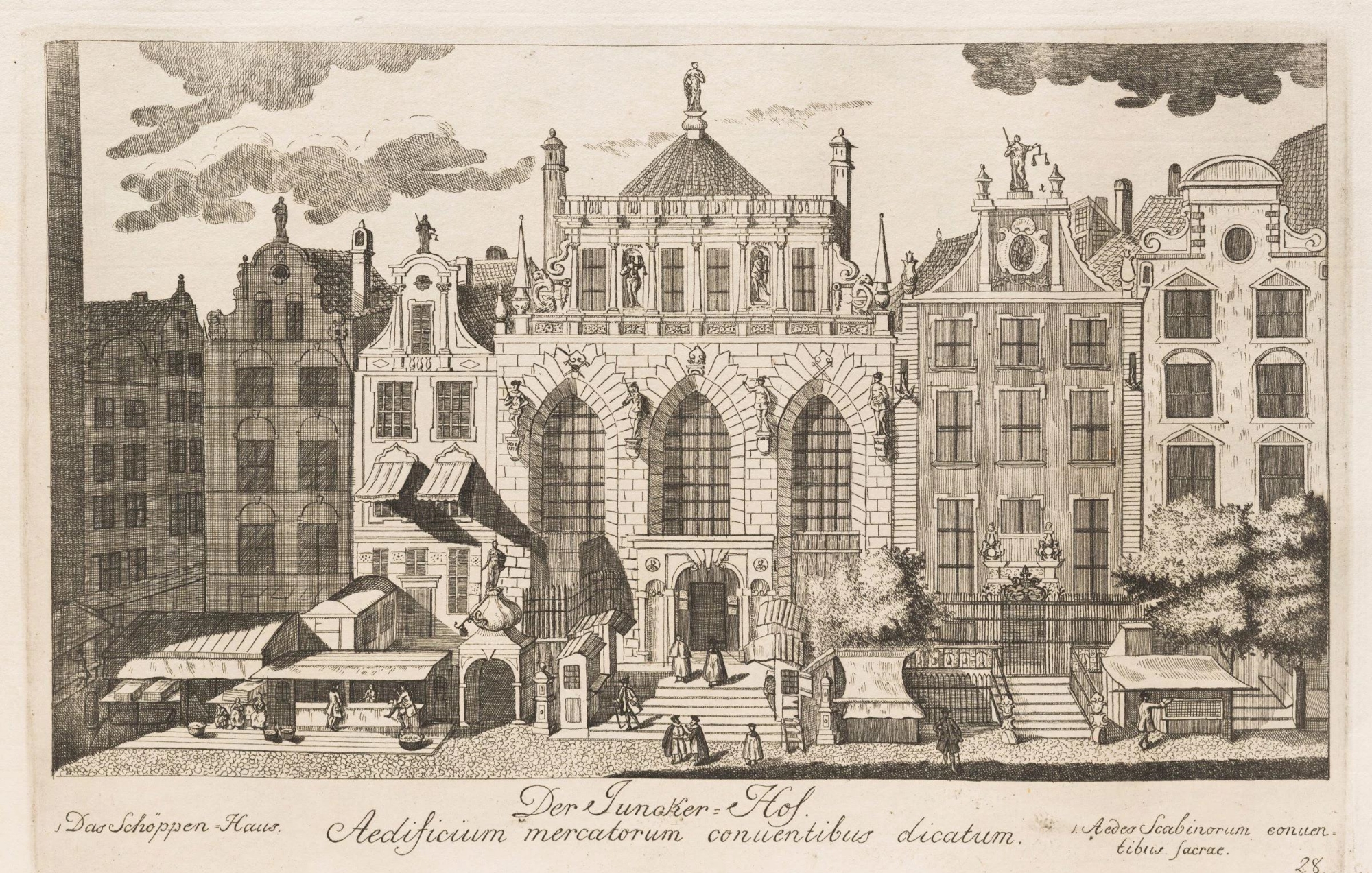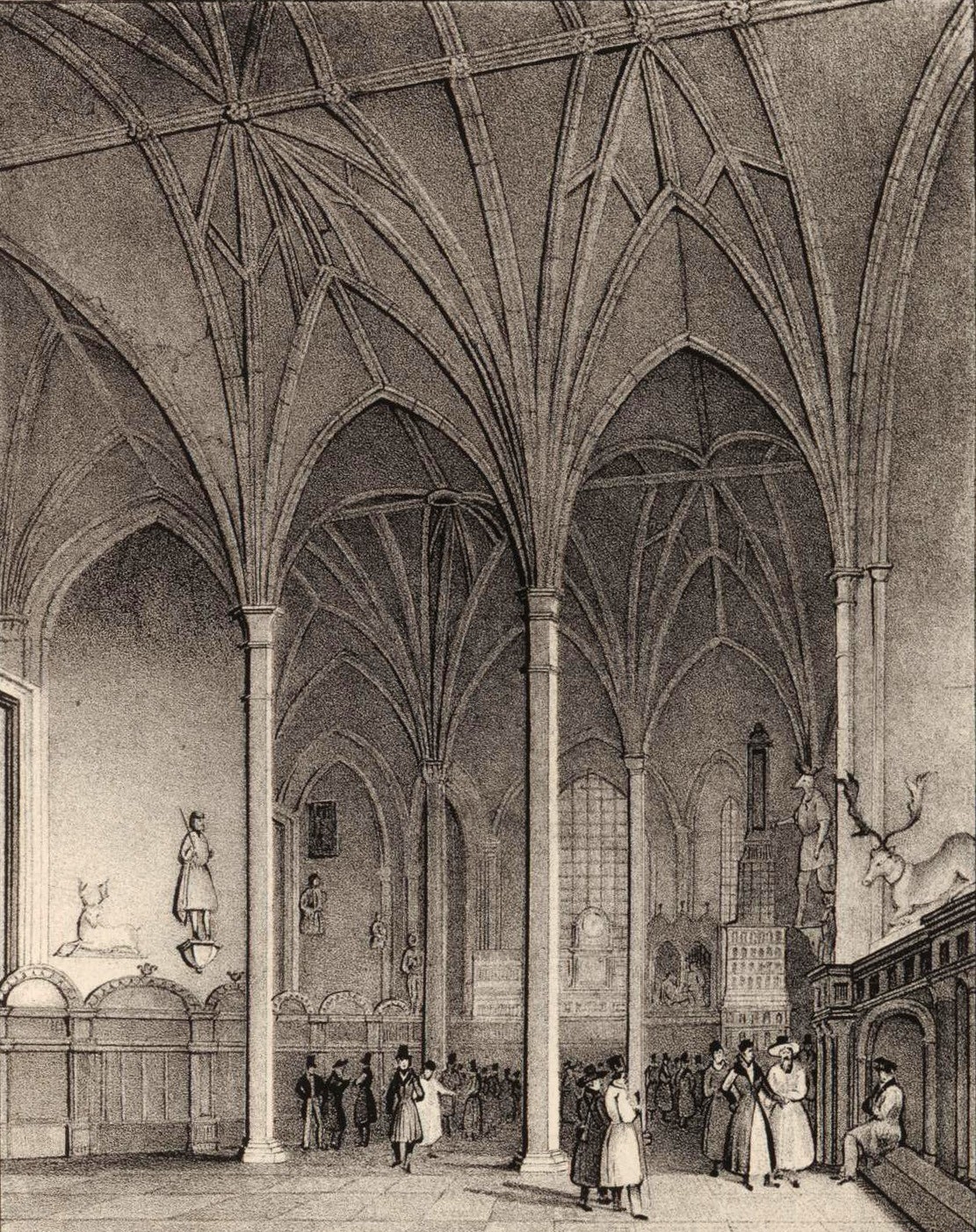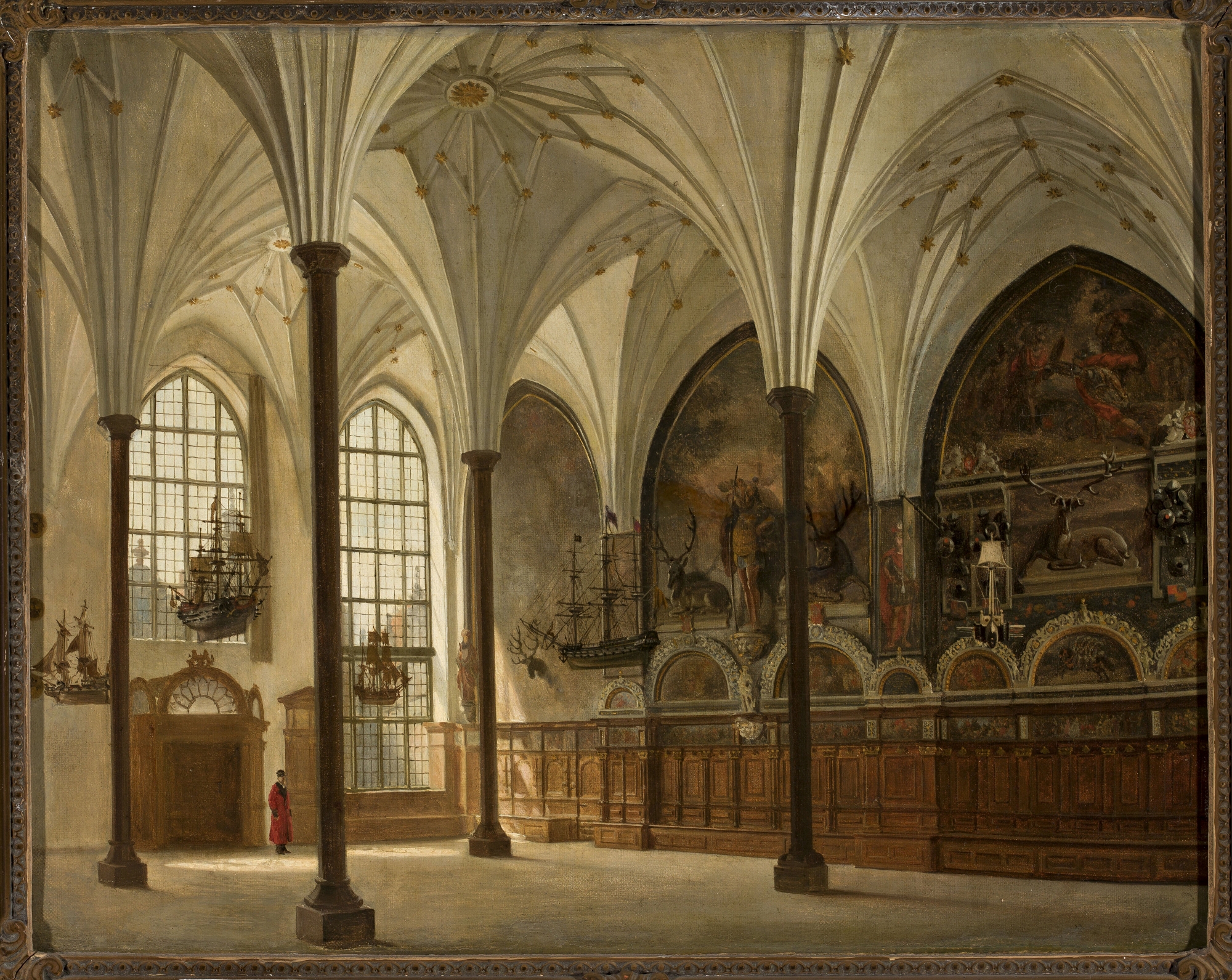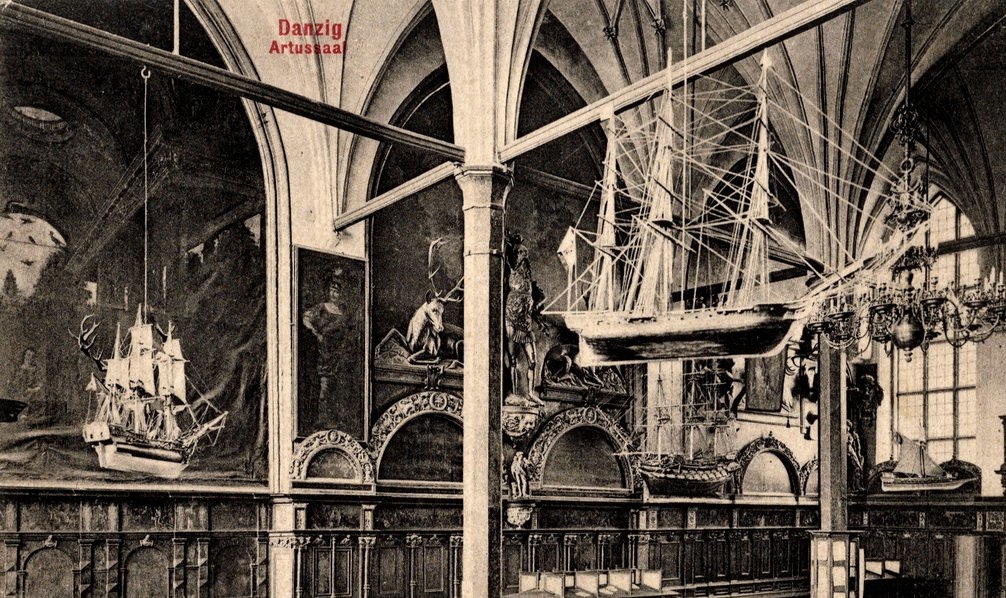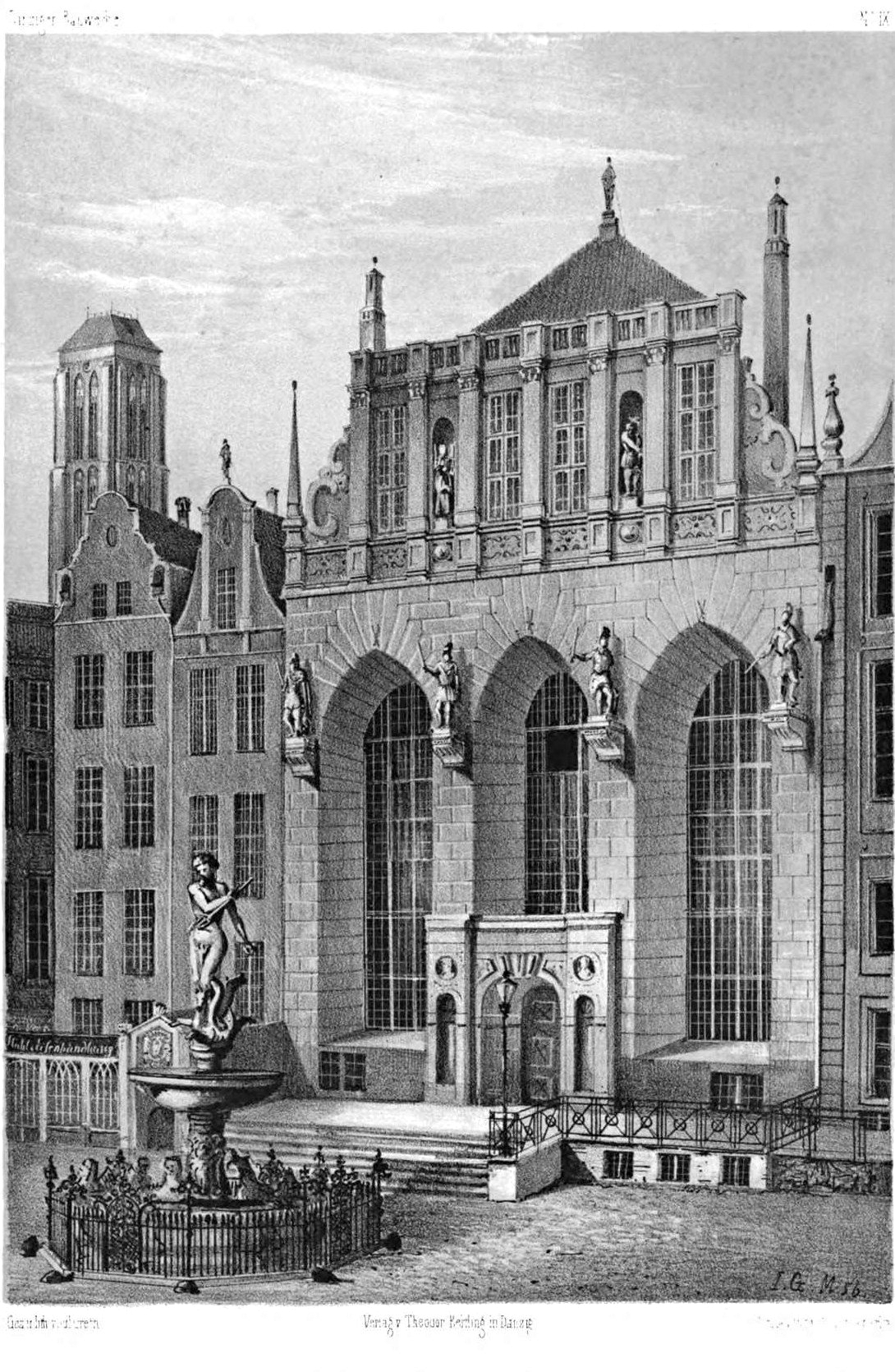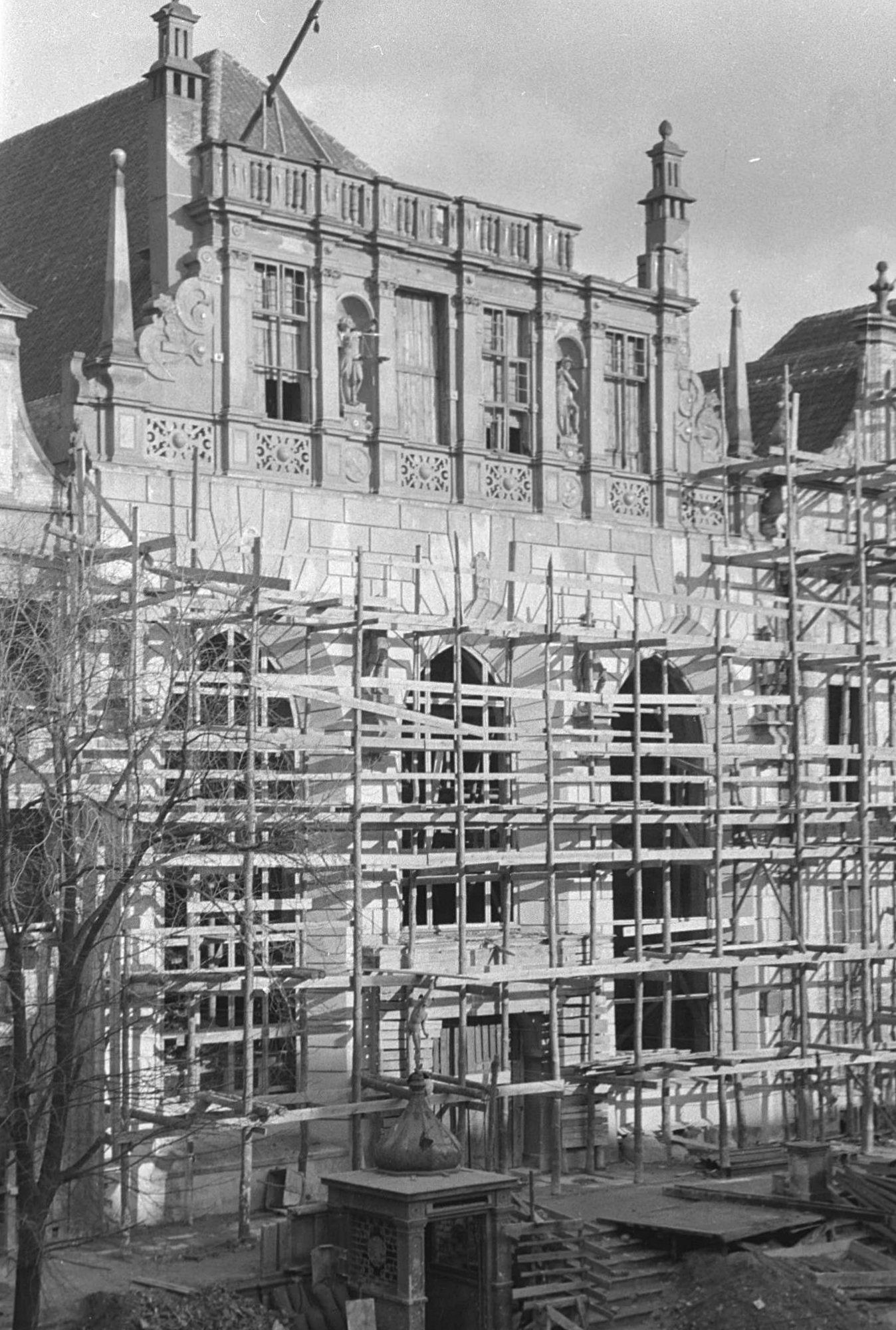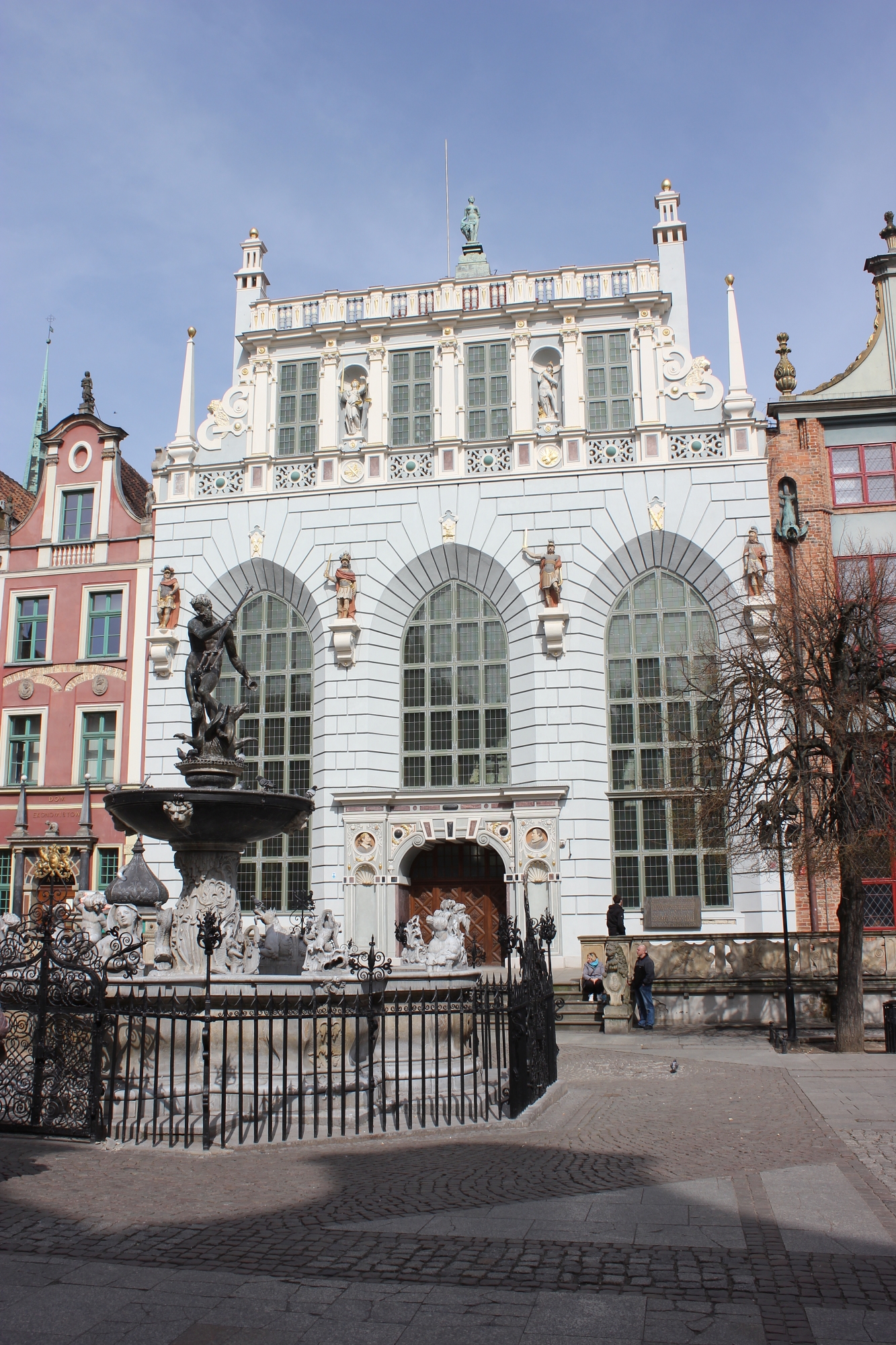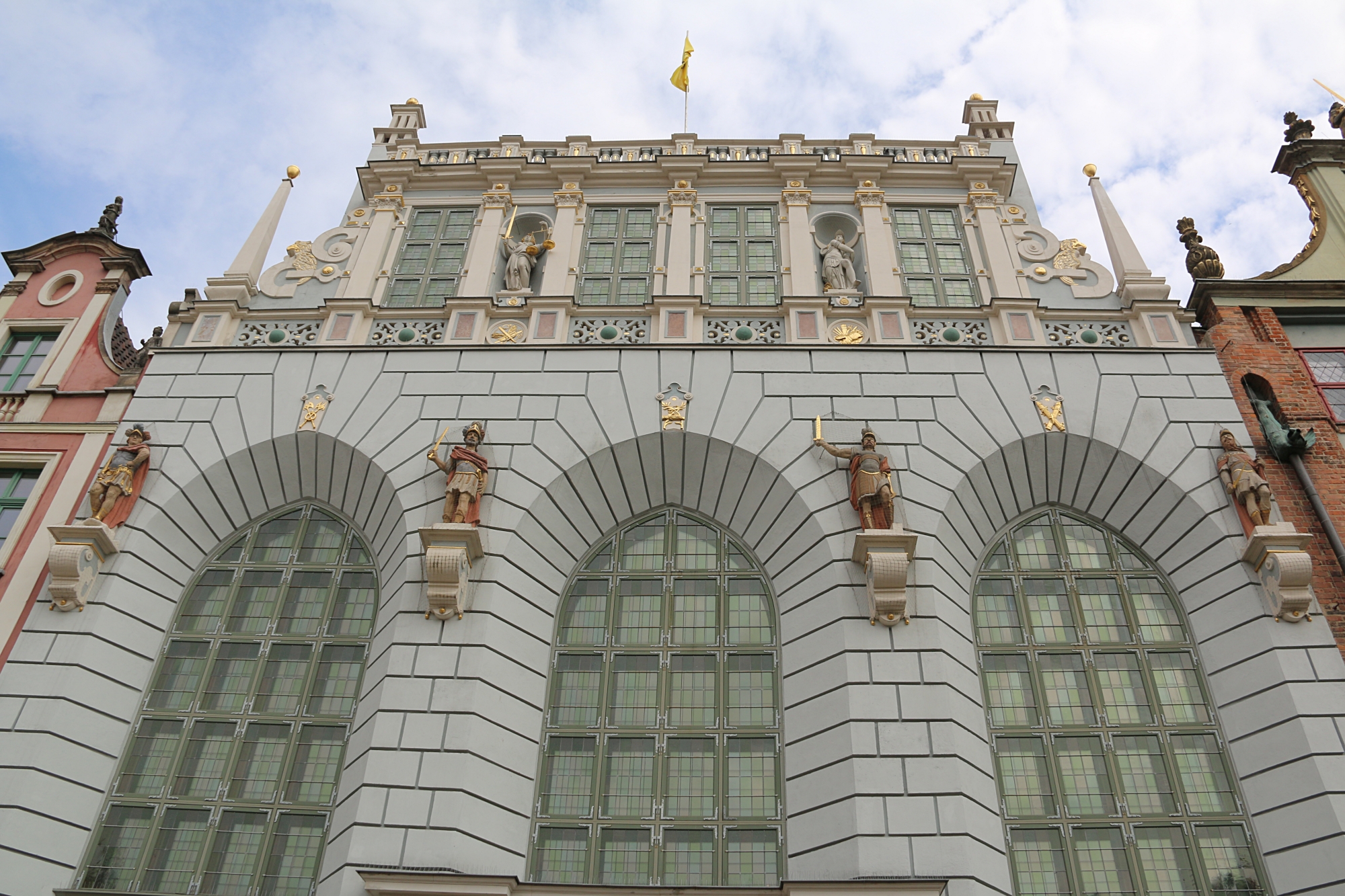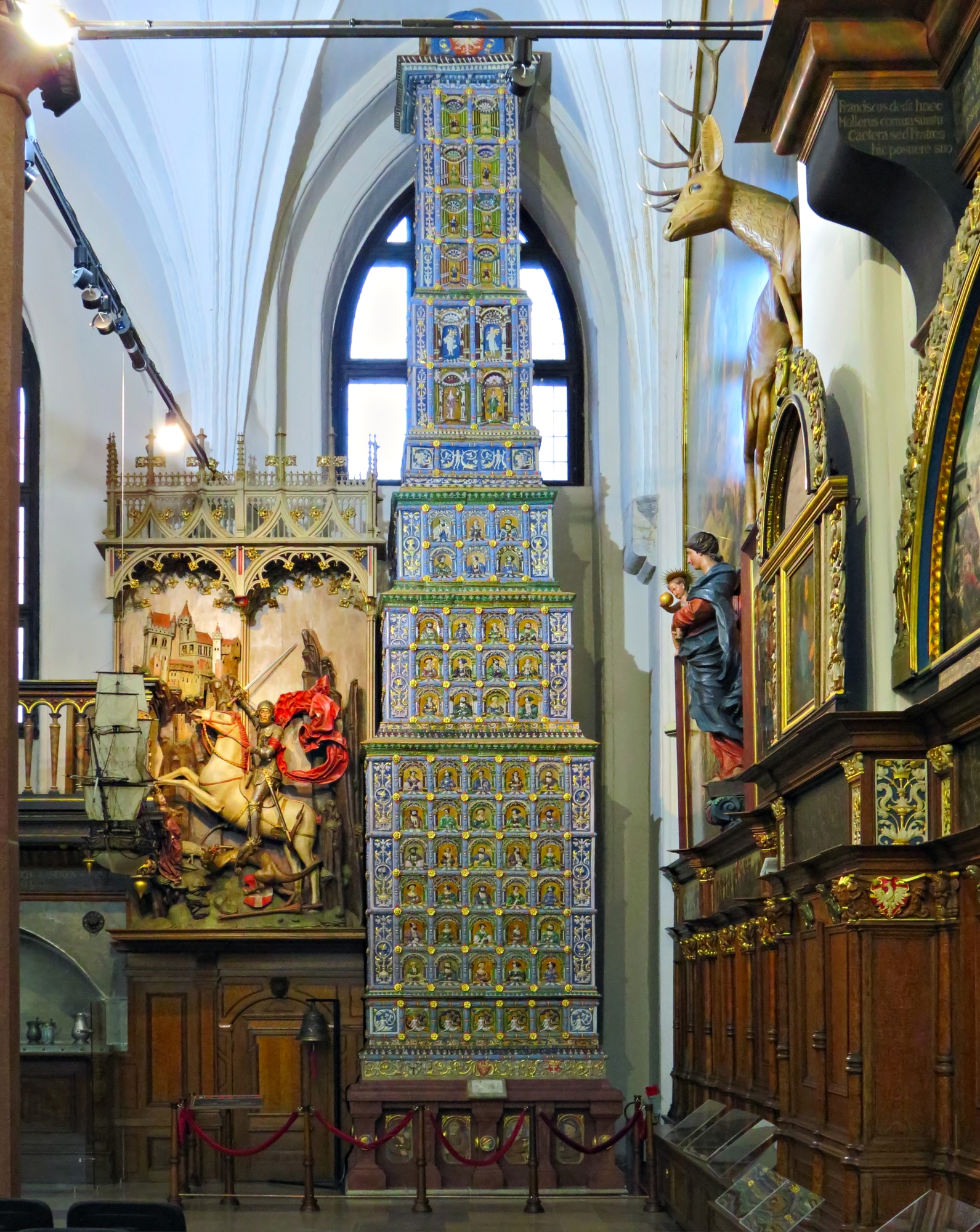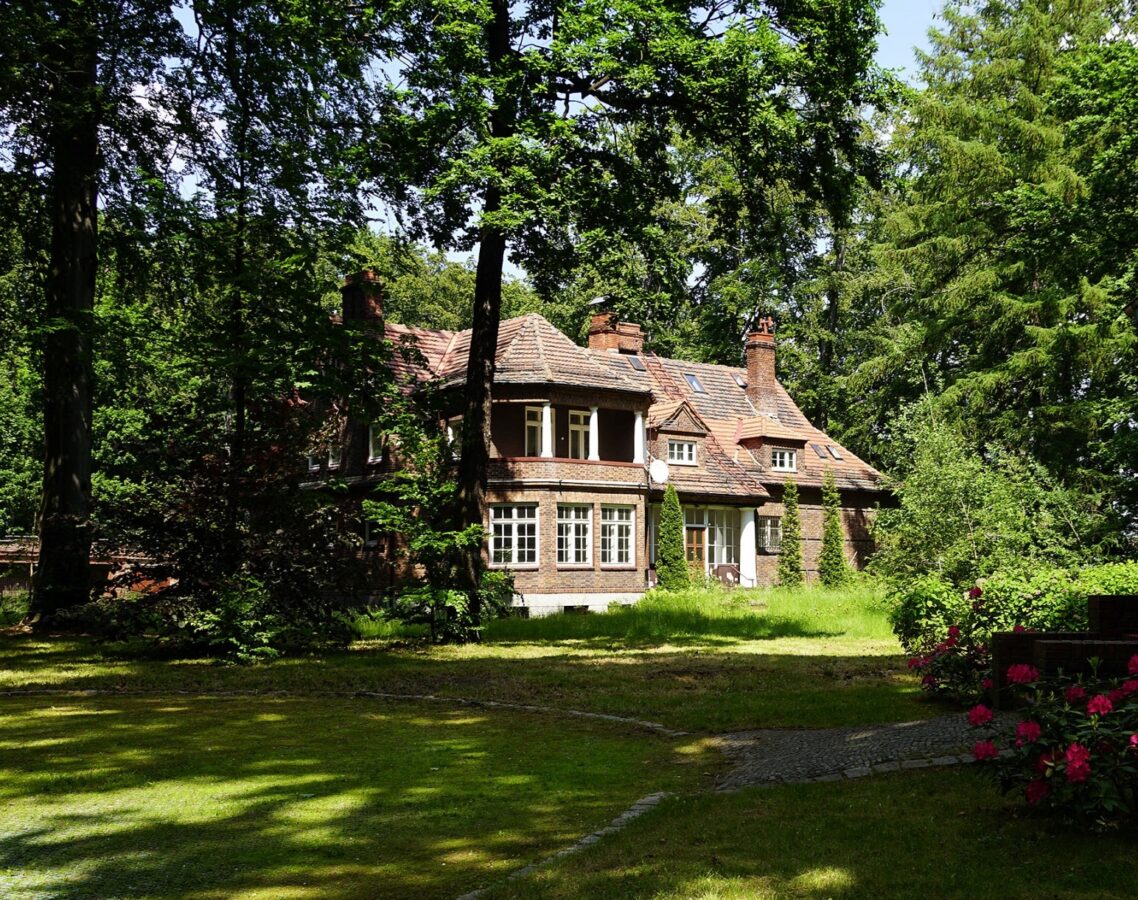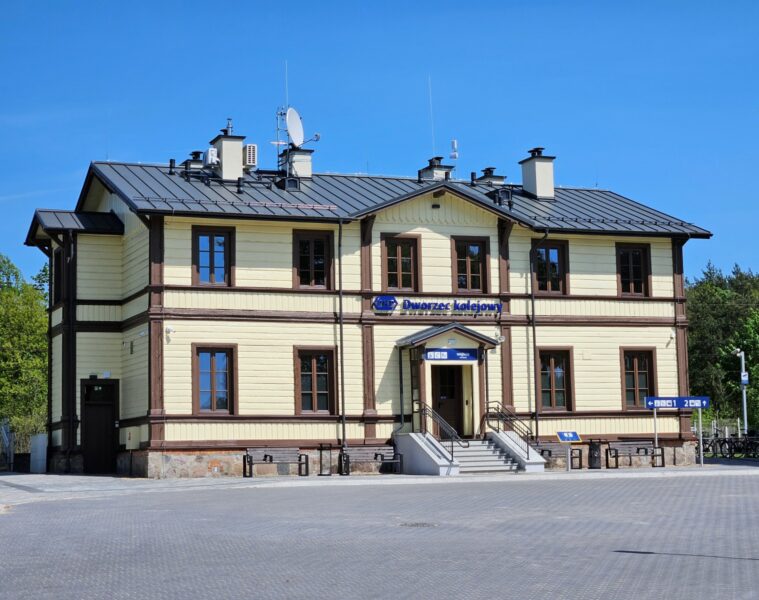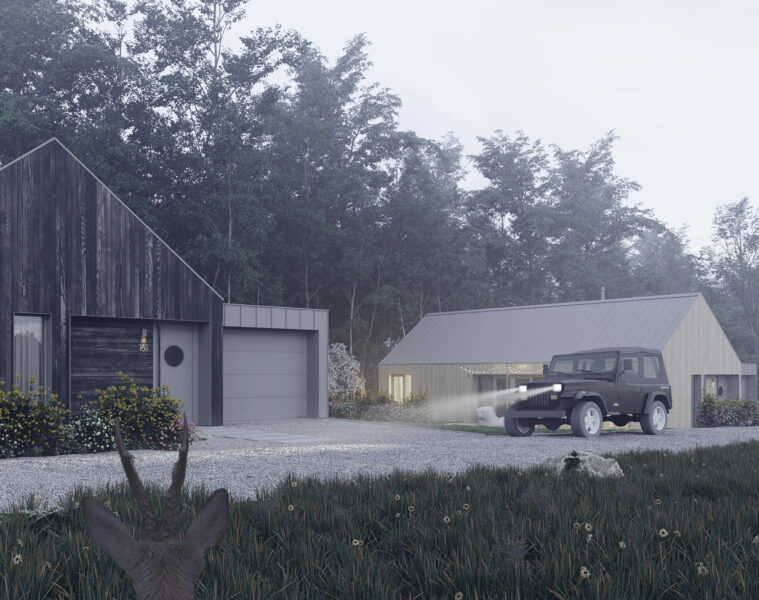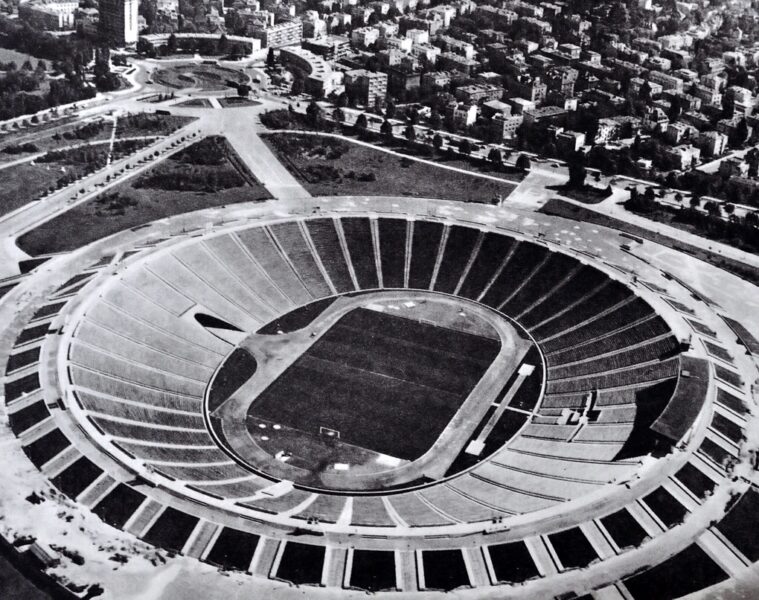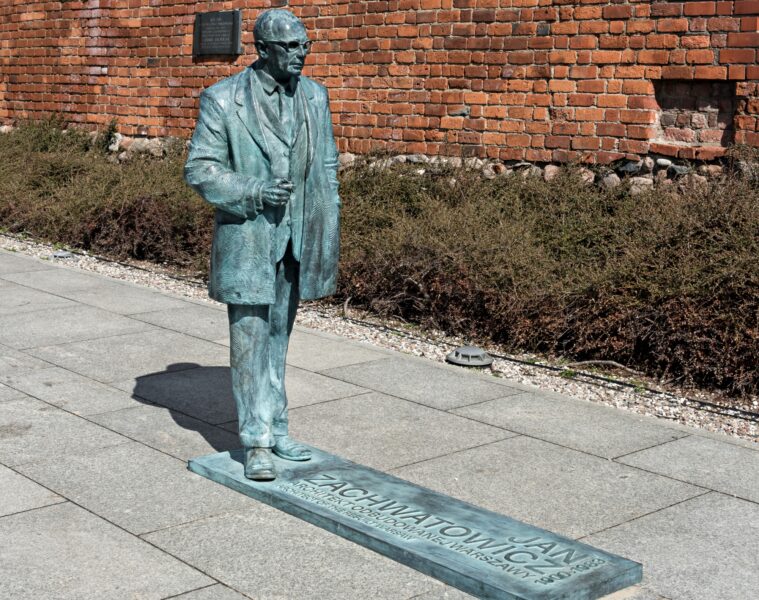Artus Court in Gdańsk is one of the most representative monuments located on the so-called Royal Route. It is also one of the most beautiful interiors in Europe. Its patron, King Arthur, is a figure from the myth of the Brythonic ruler underlying Anglo-Saxon culture, but also the chivalrous culture of medieval Europe. The origins of the building can be traced back to the 14th century. Over the centuries, the manor house developed and underwent modernisations that allowed it to retain its representative architecture. This state of affairs lasted until 1945, the greatest catastrophe in the thousand-year history of Gdansk.
The common name of Artus Court comes from the name of the legendary Celtic leader Arthur (5th and 6th century AD). For the people of his time, he was a paragon of chivalrous virtues and the Round Table, at which he sat with his brave knights, a symbol of equality and partnership. Similar Baltic courts were established in Torun, Chelmno, Elblag, Braniewo, Königsberg, Rewal, Riga and Stralsund, among others.
Artus Court today. Photo: www.hrs.com/pl/hotel/gdansk-229096
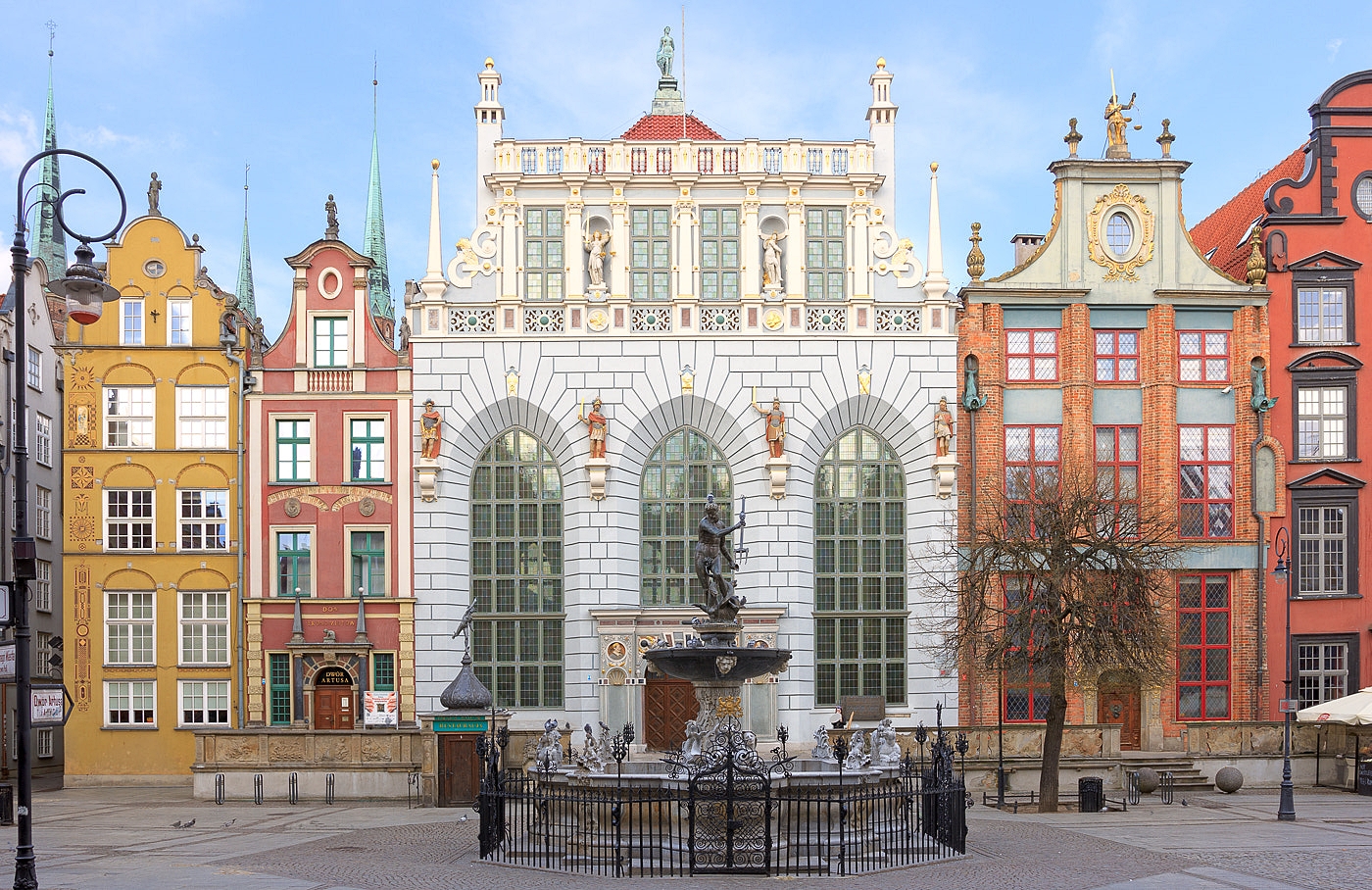
The name of the Gdansk building “curia regis Artus”, or “royal Artus Court”, erected in 1348-1350, first appeared in 1357. Artus Court was built by the Brotherhood of St. George, which brought together so-called junkers (knights) from wealthy German families. From the beginning, the association tried to remain elitist, demanded that its members be of noble origin and made the same demands on the guests of Artus Court. There was no shortage of entertainment at the manor, such as masquerades, games of skill, concerts and circus arts. Over time, Artus Court assumed the role of an official merchant’s house.
Artus Court in 1895 and 2017. Photo Source: muzeumpomorza.pl and www.hrs.com/pl/hotel/gdansk-229096
The building’s first major catastrophe occurred in 1476 and 1477, when it burned to the ground involving numerous deaths. The City Council, appreciating the building’s role in public life, decided to rebuild it at its own expense. The building received a new façade, once again transformed in 1617 by Abraham van den Blocke. The building was decorated with magnificent statues of ancient heroes, allegories of strength and justice above, and a statue of Fortune at the top. On either side of the portal are medallions with busts of Sigismund III Vasa and his son, then still Prince Ladislaus.
The building from the side of Chlebnicka Street in 1901 and today. Source: Museum of Gdańsk and Yanek/photopolska.eu, CC BY-SA 3.0, via Wikimedia Commons
After the restoration, the influence of the Brotherhood of St George was almost completely ousted, it lost ownership of the court retaining only the honourable precedence in the ceremonies. The most significant changes were the establishment of further societies that became co-hosts of the site. From 1530 onwards, the court was not just the seat of the brotherhoods. It became the venue for open court hearings, which had to be held in public, and the Great Hall was perfectly suited for this purpose.
The monument in 1928 and 2017. Source: Warsaw University of Technology Digital Library and Аимаина хикари, CC0, via Wikimedia Commons
From the 17th century onwards, wars and epidemics ravaged the town, changing the way of life of its inhabitants. The manor house was repeatedly closed and opened with the intention of returning to its former purpose. However, this proved to be impossible. In 1742, the council decided to convert the manor into a stock exchange. The unusually grand edifice took on a new function, once again becoming the centre of life. However, in addition to the regular stock exchange sessions, life in the Great Hall was interspersed with ceremonial visits by monarchs, significant cultural events and international meetings. The interiors were then reorganised, preserving the works of art, funded by the brothers for several centuries. In the 1930s, the neo-Gothic windows were replaced with new ones modelled on the historical ones.
Artus Court in 1948 and today. Source: NAC – National Digital Archive www.nac.gov.pl/ and Andrzej Otrębski, CC BY-SA 4.0, via Wikimedia Commons
Artus Court was damaged during the Red Army operations in 1945. The main process of reconstruction and revalorisation began between 1949 and 1952 and continued over the following decades. Currently, this unique place is a partial reconstruction from elements evacuated from the city before the arrival of the front. This applies to both the architecture and the furnishings. The preserved original artefacts have been returned to the interior, while the missing ones have been replaced by reconstructions (plastic elements) and large-format prints (paintings). The interior decoration of the manor is full of references and cultural references to legends and myths, both ancient and medieval.
The Great Hall in 1920 and 2019. Source: Bildarchiv Foto Marburg Gyddanyzc,CC0, via Wikimedia Commons
The building consists of one very spacious hall in Gothic style. Its walls were covered with panelling and friezes with mythological and historical themes. The impression of splendour was complemented by richly decorated furniture and numerous paintings. The hall was also decorated with sculptures, tapestries, ship models, armour, shields and a cage with exotic birds. The oldest piece of furniture is a sculpture of Saint George slaying a dragon (1481-1487). An ornament that also attracted attention is the eleven-metre-long furnace weighing 13 tonnes, the work of Georg Stelzner, built between 1545 and 1546. It is lined with 520 tiles depicting portraits of the most prominent European rulers.
on 24 February 1967, the building was entered in the register of historical monuments. Since 1989, a branch of the Historical Museum of the City of Gdańsk has been operating in the building, and the interior of the manor house has been open to the public.
Source: museumgdansk.pl, gdansk.pl
Read also: Architecture in Poland | Facade | Monument | History | Gdańsk



